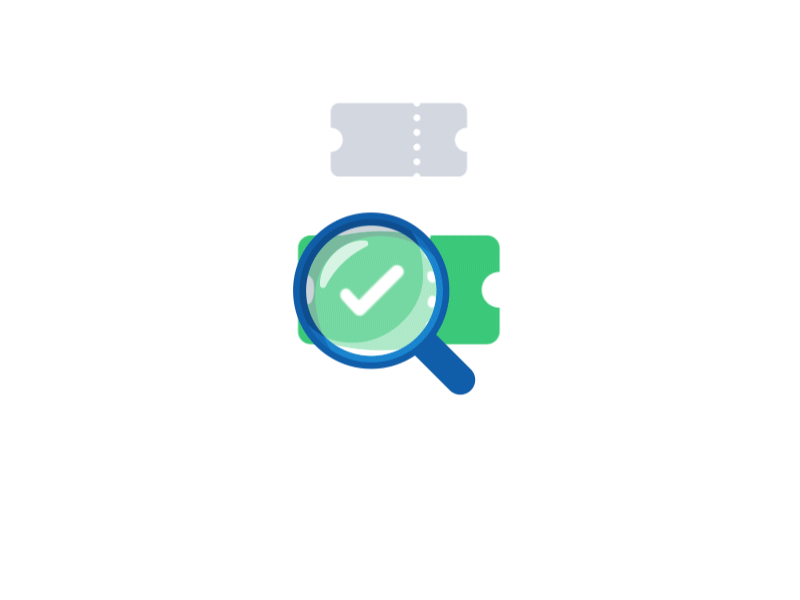Lab 2 SETUP LINUX INTERNET AND USER
1. Command Line => route *used to determine IP address and etc
=> uptime *used to display current time, time used, number of users..
=> ls *used to list all directory where user currently at
=> date *used to display date and time with zone
=> sync *used to immediate write cached data to disk
- By using arrow key up 3 time we can get back command line "ls"
More shortcut key :
2. By using command line "history", we can get back all the command lines we typed.
- to get back the command line in history, we can use "!" + number we wanted to retrieve3. By using Tab key, we can auto complete the command without typing all :
- when pressed Tab, the command auto filled unique.txt
-if there are more than one option when press Tab, output :
-if type more specific like "file1" and press Tab, it will auto fill ".txt" :
4. By using "export PS1", we can change the name of default shell prompt :
-"\u" is output the username.
-"\h" is output the hostname.
-"\w" is output the symbol "~".
-"\$" is output the symbol "$".
-More of the environment variable that we can alter using export :
5. By using ".:$PATH", we can temporary set PATH to looked in current directory first. Then the user can add the rest of the path to it by input "$PATH:/location..." *use ":" to connect two path
-The original path is ".../snap/bin" , after added become ".../snap/bin:/linuxmint/java/bin".
6. By using command line "Alias", we can assign a long command line to a shortcut variable to make user execute easily.
-For example, using assign la to command line "ls -la" :
- we can use "unalias" to unassign the variable :
- An example to change directory faster using alias :
*use alias lbook for path to linuxbook
*then use environment variable LBOOK to set path to linuxbook
*copy the f1.txt file to linuxbook with $LBOOK
- END OF LAB 2 -



















where google drive?
ReplyDeletein your heart
Delete